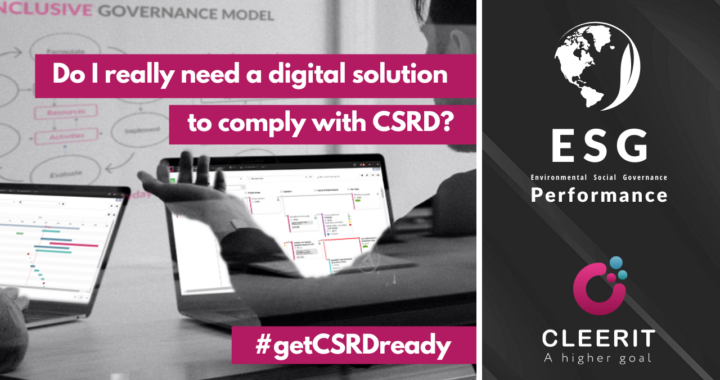Companies or groups with less than 750 employees do not have to report on these ESRS standards for the first 2 years of preparation of their sustainability statement under CSRD:
➡ E4 Biodiversity and ecosystems
➡ S1 Own workforce
➡ S2 Workers in value chain
➡ S3 Affected communities
➡ S4 Consumers and end-users
But does that mean that it’s ok to forget about these standards for 2 years?
The answer is no.
Especially if the company has identified actual or potential adverse impacts related to the topics covered by these five standards.
Under ESRS 2 (17), the company still needs to report the list of matters covered by these standards in AR 16 ESRS 1 Appendix A, that have been assessed to be material as a result of the company’s materiality assessment.
For each material matter, the company also needs to report a brief description of:
⭕ how the company’s business model and strategy take account of the impacts of the company related to those matters;
⭕ any time-bound targets the company has set related to the matters in question;
⭕ the progress it has made towards achieving those targets;
⭕ whether its targets related to biodiversity and ecosystems are based on conclusive scientific evidence;
⭕ the company’s policies in relation to the matters in question;
⭕ the actions the company has taken to identify, monitor, prevent, mitigate, remediate or bring an end to actual or potential adverse impacts related to the matters in question;
⭕ the result of such actions;
⭕ the metrics relevant to the matters in question.
You are welcome to contact us if you need help to get started
With Cleerit ESG you get collaborative platform tailored to each user profile, so that you can work together while preparing to get CSRD-ready.
Every single ESRS disclosure point has been digitized – to help you navigate the standards, learn, prepare and create your first CSRD report.
We look forward to helping you get CSRD-ready.






